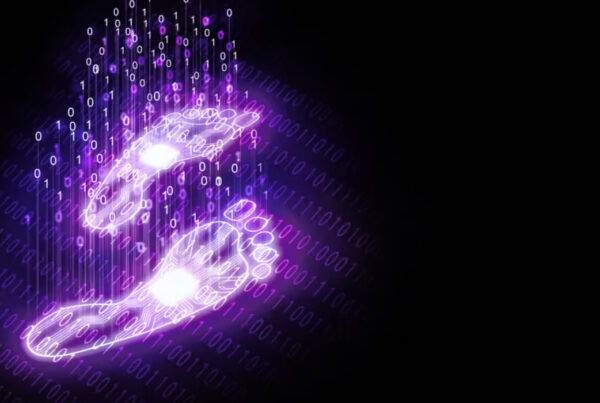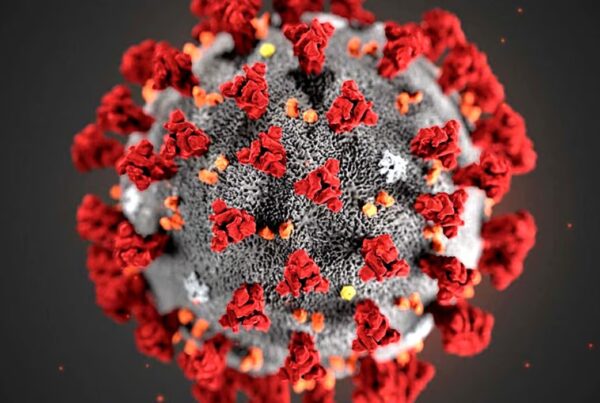In a world grappling with environmental challenges and limited resources, the concept of the circular economy has emerged as a beacon of hope. Beyond the conventional “take, make, dispose” linear economic model, the circular economy offers a fresh perspective on how we produce, consume, and dispose of goods, with the ultimate goal of minimizing waste and maximizing resource efficiency. In this blog post, we’ll delve into the intricacies of the circular economy and explore its profound environmental benefits.
The Circular Economy: A Paradigm Shift
The circular economy is more than just a buzzword; it’s a fundamental shift in how we approach production and consumption. Unlike the traditional linear economy, which focuses on producing goods, using them, and discarding them, the circular economy promotes a continuous cycle of reuse, repair, remanufacturing, and recycling. This cycle is grounded in three key principles:
- Design for Longevity: Products are designed with durability in mind, ensuring they can be easily repaired and upgraded. This extends the lifespan of products, reducing the need for constant replacements.
- Closed-Loop Systems: Materials used in products are chosen based on their ability to be easily recycled or repurposed. After their initial use, materials are reclaimed and reintroduced into the production cycle.
- Resource Optimization: The circular economy encourages businesses to optimize their use of materials, energy, and water throughout the product lifecycle, minimizing waste and environmental impact.
Environmental Benefits of the Circular Economy
Embracing the circular economy brings about a host of environmental benefits that contribute to a more sustainable and resilient planet:
- Waste Reduction: By prioritizing reuse and recycling, the circular economy drastically reduces the amount of waste that ends up in landfills and incinerators. This decreases the environmental burden associated with waste disposal and its negative impacts on soil, air, and water quality.
- Conservation of Resources: Traditional linear economies heavily rely on finite resources, driving resource depletion and environmental degradation. The circular economy, however, aims to keep resources in circulation for as long as possible, thus conserving natural resources and reducing extraction pressures.
- Lower Carbon Footprint: The circular economy minimizes the need for energy-intensive production processes associated with virgin materials. Reusing and remanufacturing products consume significantly less energy compared to producing new ones, leading to a reduction in greenhouse gas emissions.
- Biodiversity Preservation: By reducing waste and pollution, the circular economy helps protect ecosystems and wildlife habitats. It mitigates the adverse impacts that unsustainable production and waste disposal have on biodiversity.
- Job Creation and Innovation: The circular economy promotes new business models such as repair services, rental, and sharing platforms. This not only creates new job opportunities but also spurs innovation in design, materials, and production processes.
- Resilient Supply Chains: Circular economies are more resilient to disruptions in resource availability, as they rely less on finite resources and focus on local sourcing and recycling.
Conclusion
The circular economy is more than just a shift in economic philosophy; it’s a comprehensive strategy for addressing environmental challenges and fostering sustainable development. By breaking away from the linear “throwaway” culture, the circular economy presents a blueprint for a future where resources are valued, waste is minimized, and the well-being of both humans and the environment is prioritized.
As individuals, communities, and businesses come together to embrace the principles of the circular economy, we move one step closer to building a world where environmental harmony and economic prosperity coexist.



